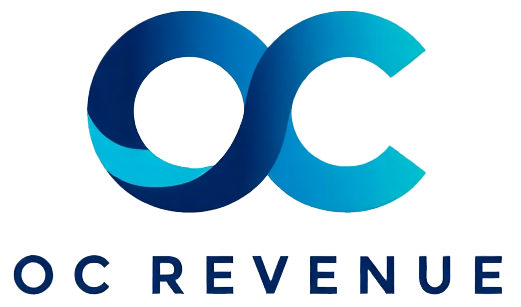Stakeholder Management identifies, engages, and aligns key individuals to support project and organizational goals
Stakeholder management builds trust and alignment through proactive engagement and communication
Stakeholder Management is the process of systematically analyzing and engaging individuals or groups who have an interest or influence in a project or business outcome. Understanding stakeholder needs and priorities is essential to mitigate risks and gain support.
Regular communication, feedback loops, and transparent decision-making strengthen trust and alignment. Proactive management of stakeholders reduces conflicts and enhances the likelihood of successful delivery.
Targeted stakeholder engagement and communication foster collaboration trust and adaptive project success
Effective Stakeholder Management begins with stakeholder identification and mapping, categorizing them by influence, interest, and impact. This analysis guides prioritization and engagement strategies tailored to each group’s needs.
Developing clear communication plans ensures stakeholders receive relevant information at appropriate intervals. Engaging stakeholders through workshops, briefings, or informal interactions fosters two-way dialogue and collaborative problem-solving.
Managing expectations and addressing concerns promptly prevents misunderstandings and resistance. It also provides opportunities to leverage stakeholder insights for better decision-making.
Over time, strong stakeholder relationships contribute to organizational cohesion and smoother change execution. Continual assessment and adaptation of engagement approaches ensure ongoing alignment as projects and priorities evolve.
















